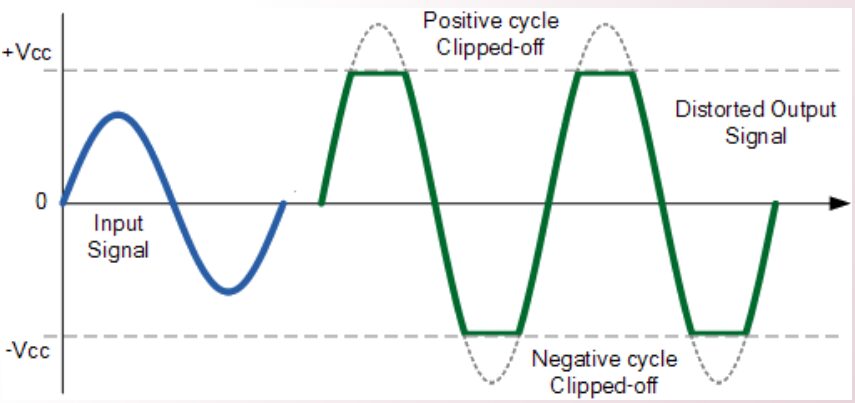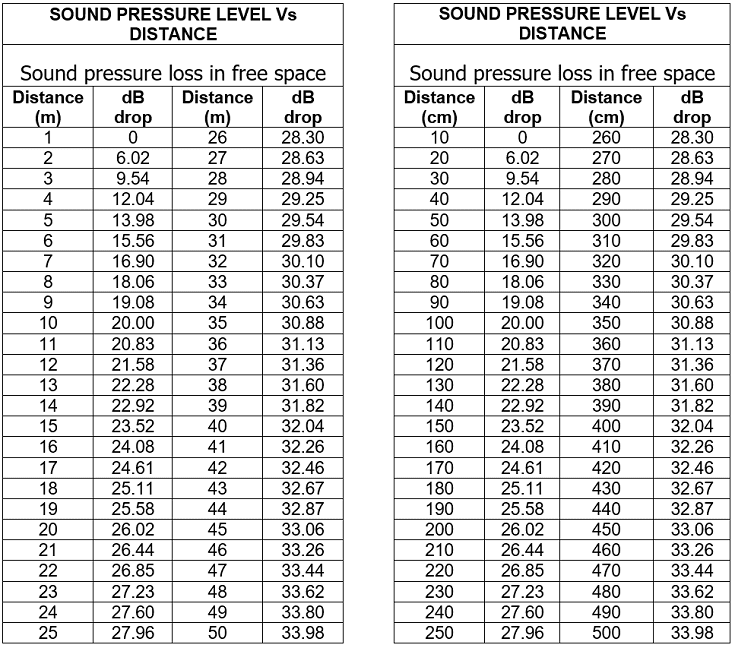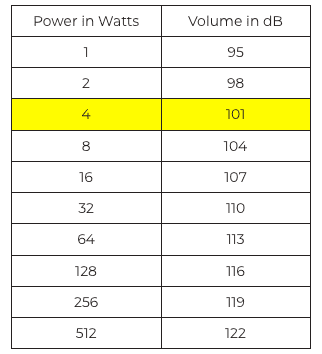
Understanding Speaker Power Ratings
Selecting the right speaker involves understanding the intricacies of power ratings. A speaker’s rated input power signifies the continuous power level it can handle, while the maximum input power denotes the peak power it can sustain instantaneously. Misunderstanding these ratings can lead to overloading and damage.
When using continuous pure tones, avoid surpassing the rated input power. Calculating power dissipation requires converting RMS voltage to peak voltage by multiplying it to square root of 2, squaring it, and dividing by impedance. For instance, a 2Vrms continuous pure tone such as sine wave signal across an 8-ohm speaker results in 1 watt of power dissipation. In contrast, a 2Vrms instantaneous signal, such as voice or music, will average around 0.5 watts of power across the voice coil. It’s still a good idea to use an oscilloscope to check the signal and ensure that the peaks don’t exceed the maximum power.

Selecting the Right Amplifier
Choosing an appropriate amplifier is crucial. Pay attention to its specifications, especially power output under specific voltage conditions and impedance loads, ensuring it remains under 1% Total Harmonic Distortion (THD). Exceeding this can lead to clipping, sending damaging DC voltage to the speaker. To avoid this, select an amplifier with double the required power capacity.

Speaker Sensitivity and Sound Pressure Levels (SPL)
Speaker Sensitivity
The sensitivity rating, or SPL, indicates how loud a speaker will play given a specific input power at a fixed distance. This rating, combined with power handling, helps gauge the true output capability of a speaker.

The Effect of Distance on SPL
Doubling the input power results in a 3 dB increase in SPL, provided the speaker isn’t at its limit. Most speakers generate 80-90% of their maximum output with just 1 watt of input power. Overdriving speakers to squeeze more output can stress and damage internal components, such as the tinsel leads and voice coil.

Practical Applications and Considerations
Example Calculation
To achieve 80 dB at 3 meters with a 4-watt amplifier, the required sensitivity at 1 watt/1 meter would be 83.54 dB. This involves adding the necessary SPL to achieve the desired output and adjusting for power gain.
Environmental Considerations
Ambient noise levels and the environment play a crucial role in perceived sound quality. Measure ambient SPL, consider the deployment environment, and target an SPL 15-20 dB over ambient levels for clarity.
Conclusion
Understanding and correctly applying speaker power ratings, sensitivity, and SPL calculations ensures optimal performance and longevity of audio components. For more detailed guidance and custom solutions, visit our PUI Audio contact page.